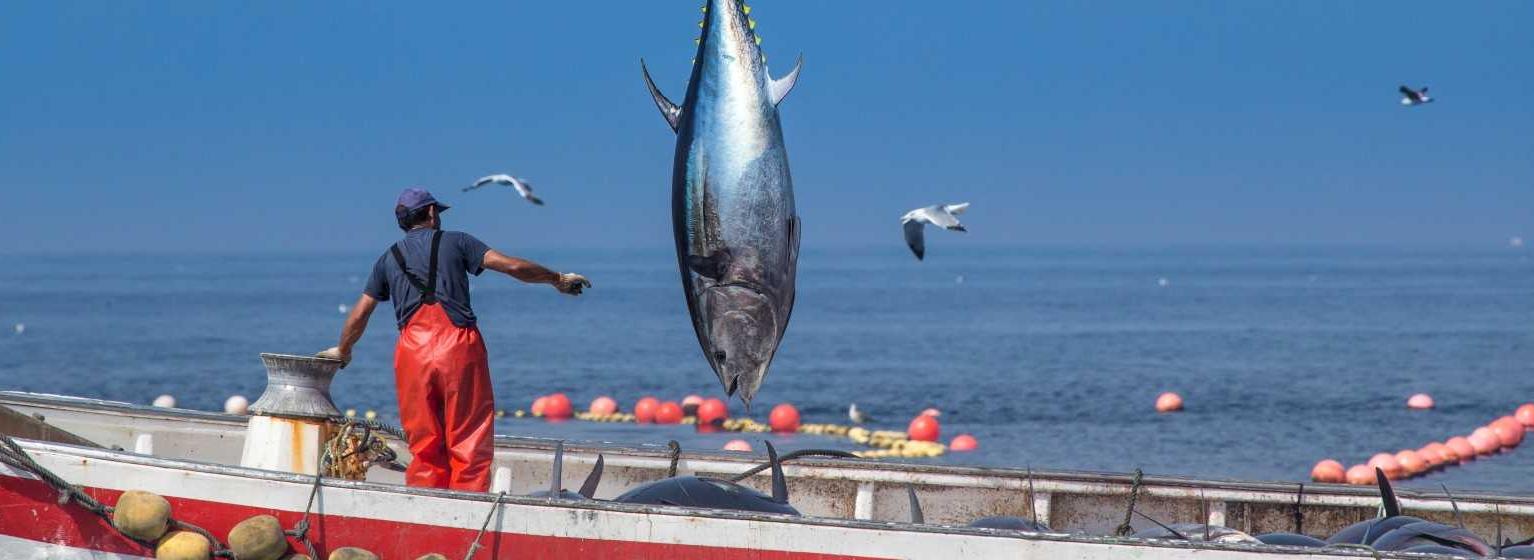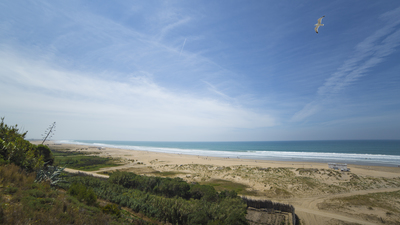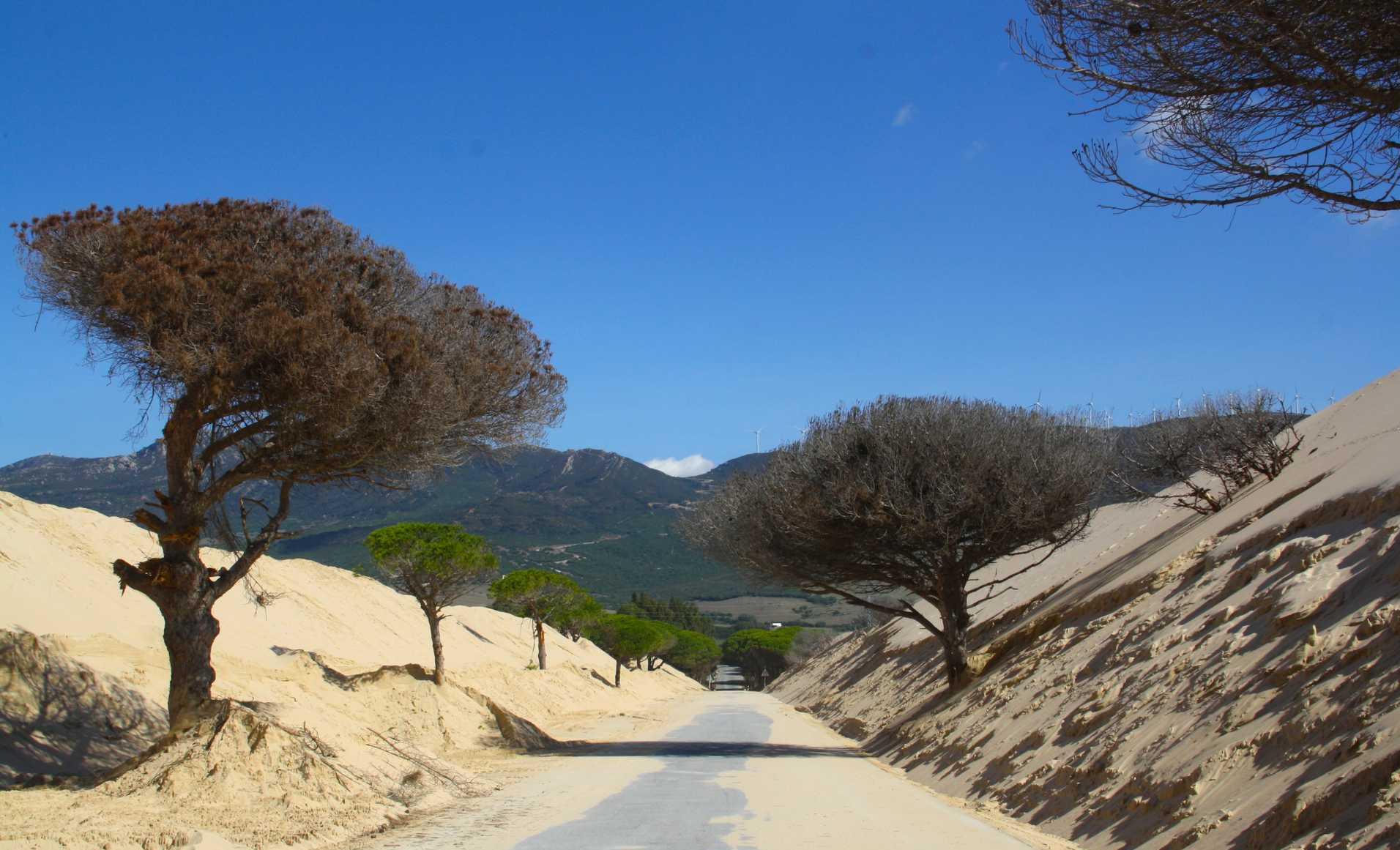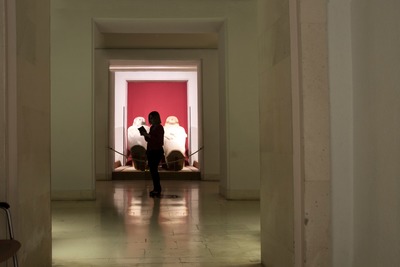Wine-cellars and their streets
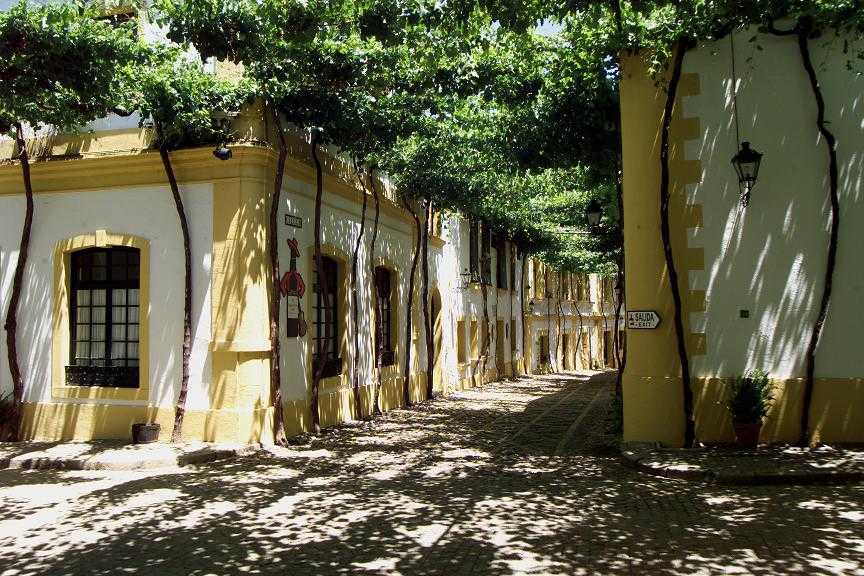
The wine-cellars and their urban structure respond to a productive function which requires very specific conditions. The architecture is essential to create the necessary atmosphere to produce the alchemy that transforms grape juice into fortified wine. The triangle made up by Jerez de la Frontera, Sanlúcar de Barrameda and Puerto de Santa María gives you a chance to understand these areas and their relationship with light.
Ventilation is essential in this type of wine-cellar, which should be well protected from the light, but with enough lighting to be able to work. The humidity should be maintained within certain margins to provide ideal conditions for the yeast to develop. In fortified wines, it is this layer of yeast that protects the wine inside the barrel from oxidation. That is why the conditions in a wine-cellar need to be so special.
This means that the relationship between the different areas of light is really interesting. The modules need to have large openings for ventilation and the light needs to be filtered. All of them have similar structures, but each one is different and unique. They are well worth a visit to understand the importance of light control and how the right environment is created through different architectural strategies.
The wine-cellars enable us to experience this magical relationship between architecture and although it was not the intended, it provokes different sensations and emotions as you stroll through these corridors full of barrels. These are industrial buildings with a functional-productive purpose, but their beauty often arises from small gestures and clever ideas.
Bodegas González Byass en Jerez
The Gonzalez Byass Wine-cellar is currently one of the most important in Jerez. It was founded by Manuel María González, a young entrepreneur who decided to invest in the wine business in 1838. The sherry market began to increase and the wine-cellars continued to grow and build new warehouses to address expanding production.
The wine-cellar complex consists of different types of modules and, depending on the area and its construction, strategies are sought in order to maintain the specific conditions that are required. The warehouse called La Cuadrada, built in the mid-19th century, holds up to four thousand Sherry wine casks. Humidity, ventilation and light need to be very carefully monitored. A number of tactics are employed, including the creation of openings in certain parts of the cellar to allow enough light in to be able to work. Also at the entrance there is a porch that casts shadow over the windows overlooking the cellars. Inside, the light penetrates and creates a huge contrast with the general gloomy atmosphere in this great module, but direct rays of sunlight are avoided as it is transformed into indirect light.
Calle Ciegos
The urban history of Jerez is intimately linked to the development and growth of wine cellars. The Gonzalez Byass family acquired buildings and plots and built around their original cellar until, at the end of the 19th century, the Calle Ciegos only consisted of properties belonging to this brand. Finally, the Town Council decided to present it to them and now this street lies completely within this complex of buildings and warehouses.
Historically grape vines have been used to decorate pergolas and porches to provide shade, especially in the summer. In autumn, the grape vines display their beautiful orange and red colours, until all the leaves fall to enable the sunlight to penetrate these areas in winter. In Andalusia, it is essential to find the shade, especially in the hot summer months. This is why it is very common to see trees, as well as canes and vegetable fibre. covering porches and other areas.
This street is one of the best examples of light filtering with the vegetal elements that we have available. The mottled shade cast by the old vines generates an incredible lighting effect that, together with the whitewashed, granite pavements, creates one of the most beautiful streets in the world.


